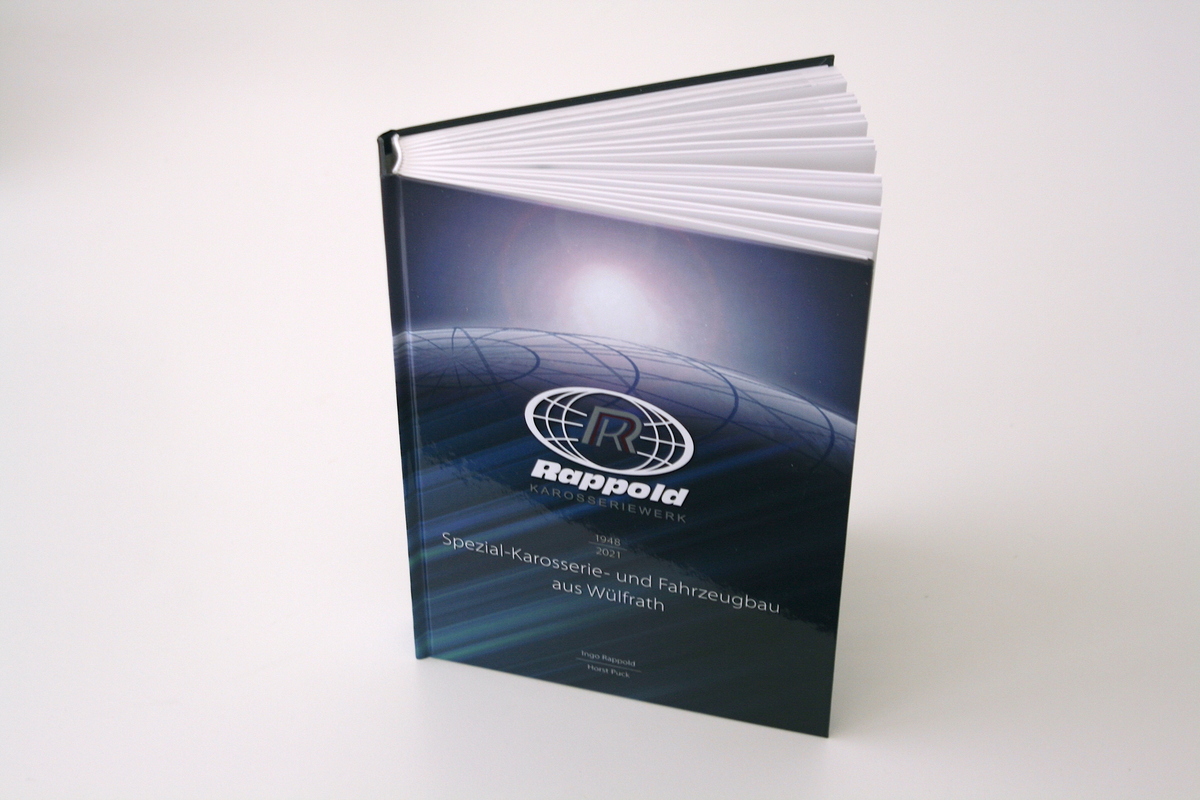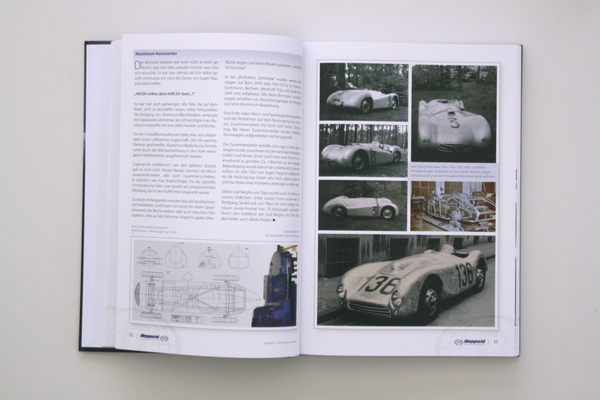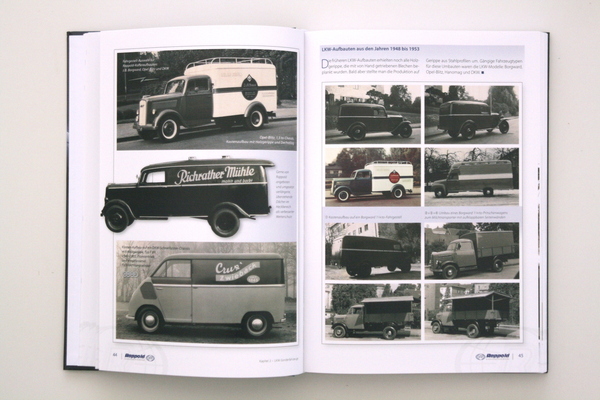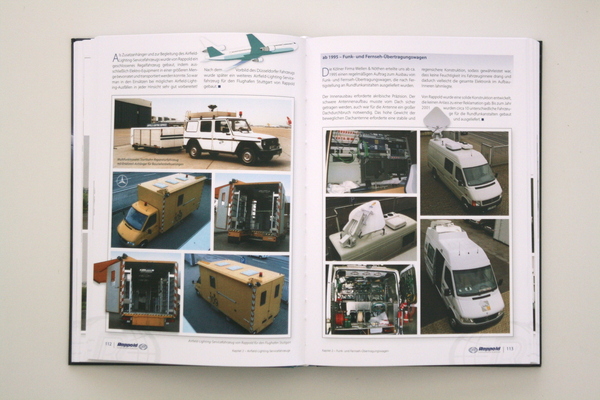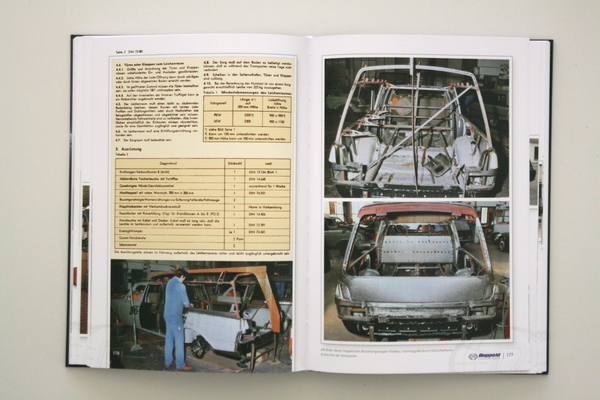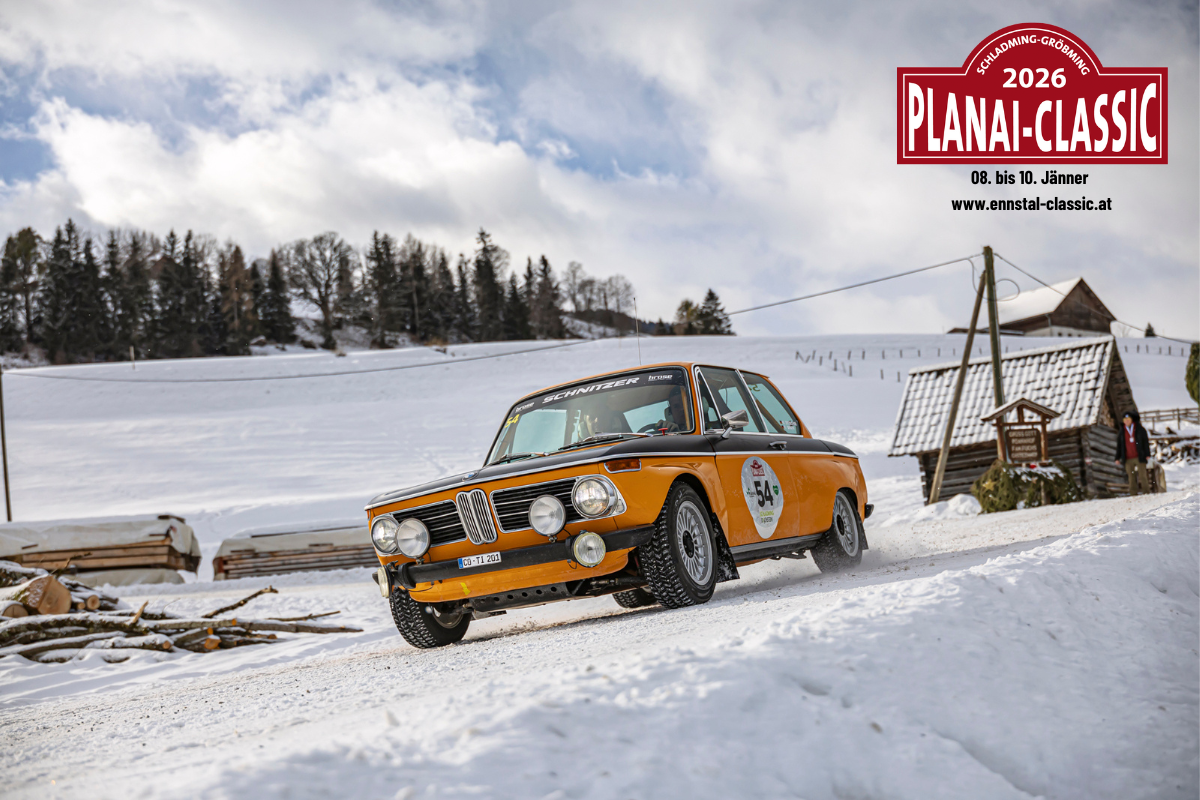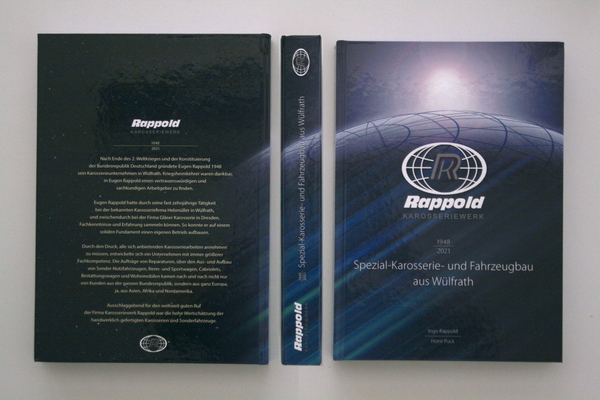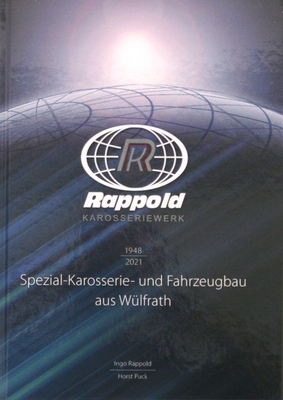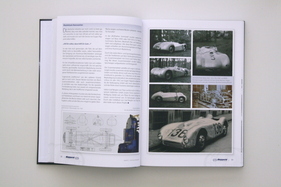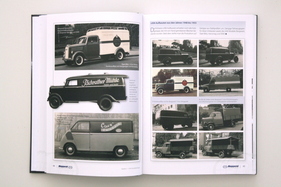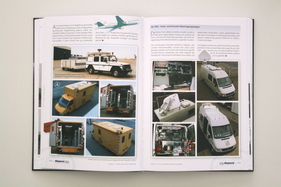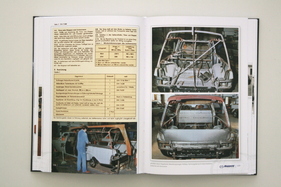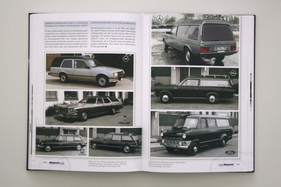Today, the company founded by Eugen Rappold in 1948 is mainly known for its Opel- and Mercedes-Benz-based hearses. But in the early years after the war, when the company was grateful for every order, and during the economic miracle, Rappold was a "full-range manufacturer", producing refrigerated trucks, buses, ambulances, tow trucks, livestock trucks, but also special bodies for cars and even racing cars.
Richly illustrated history
After 73 years, the Rappold body shop in Wülfrath had to close at the end of 2021 because no successor could be found. Now Ingo Rappold, the son of the company founder, has published a 344-page book. Together with master coachbuilder Horst Puck, who started at Rappold in 1948 as a 13-year-old apprentice, he tells the story of the family business from its beginnings to its end not so long ago, describing in detail not only the economic but also the structural development: from the construction of the company's own workshop in Mettmanner Strasse in 1953 and the new hall for accident repairs in 1965 to the demolition of the old Rheinpreussen petrol station on the company premises in 1988.
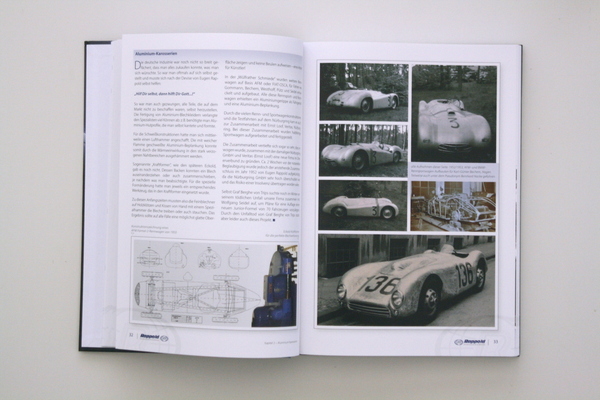
In addition, each body type manufactured by Rappold is presented in a separate chapter and explained with its special, function-related requirements for body construction. In addition to the relatively self-explanatory specialties such as buses and refrigerated vans, it is above all the sometimes unique special vehicles that arouse interest here. For example, who remembers that there used to be such a thing as carrier pigeon transporters? The Rappold book not only reminds us of the existence of this curious type of truck, but also explains how it should ideally look and be constructed so that it fulfills its purpose on the one hand and the animals are well cared for on the other.
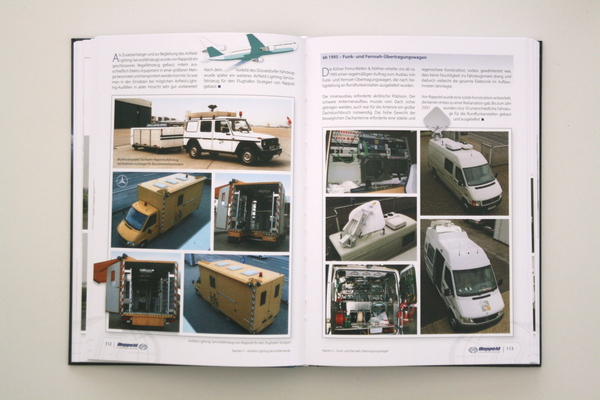
All of this is illustrated with material from the company archive: Advertisements, sales brochures, newspaper cuttings, other documents such as the certificate for the laying of the foundation stone in 1953 and, of course, lots of historical photos. Due to their age, some of the pictures are of underwhelming quality, but the editors were aware of this. They write in the foreword that the previously unpublished photos still belong in the book for the sake of completeness and documentation, even if they certainly do not meet the highest standards of modern book printing. We take a similar view. A blurred or blurred picture of a rare motif is still better than none at all.
Rainbow in black
Snapshots from the workshop show how a body is created and how Rappold works. Fans of historic delivery vans can look forward to numerous photos of vans from the 1950s with contemporary advertising - some even in color. Some of the motifs even make you smile. For example, the advertisement for a hearse based on a Mercedes-Benz W124 with chrome wheel arches and cupped Centra cross-spoke wheels against a black background with a dark-side-of-the-moon rainbow - it doesn't get much more contemporary than this.

Funeral vehicles naturally make up the bulk of the photographic material, as Rappold has increasingly specialized in this type of vehicle over the years. In addition to a large number of photos of completed vehicles, the book also shows data sheets and price lists, including details such as lifting systems for coffins and the like. The majority of the large black station wagons are based on a Mercedes-Benz model. The more unusual original models such as the Hansa 2300, Cadillac Sixty-Special or Studebaker Lark VIII are also of interest here. One of the most modern vehicles is a futuristic Jaguar XF, whose glass rear end could have come from a luxury yacht.

The large chapter of hearses is not sorted by brand, but only roughly chronologically, which sometimes makes finding a picture a little more complicated, but not impossible. A major annoyance is that the type specifications are not always correct, especially for Mercedes-Benz models. For example, W123 and W124 or W124 and W126 are occasionally confused, but fortunately they are easy to identify even without this information. Especially as the starting point is of secondary importance anyway. What is more important is what has changed behind the B-pillar. And this is where the large number of photos reveals the diversity in what is generally dismissed as a simple black estate car with a large side window.
Conclusion
"Rappold Karosseriewerk - Spezialkarosserie- und Fahrzeugbau aus Wülfrath" is not a book for a quick read. It needs to be studied and considered in depth. Anything else would be a waste of resources. The history of the small family business will hardly ever be read again in more detail and from a more direct source. What's more, it appeals to a broad target group due to the diversity of its content: Whether you are interested in trucks from the sixties, delivery vans from the fifties, hearses, fire engines, special vehicles in general or coachbuilding in general - Ingo Rappold's book offers enough material for all areas of interest. At 44 euros, it is cheaper than the BMW M GmbH anniversary book - and 100 pages longer.
Bibliographical details
- Title: "Rappold Karosseriewerk - Special body and vehicle construction from Wülfrath"
- Language: German
- Authors: Ingo Rappold, Horst Puck
- Publisher: Ingo Rappold
- Edition: 1st edition 2022
- Format: 303 x 216 mm, hardcover
- Scope: 344 pages, approx. 900 illustrations
- Price: EUR 44.00
- Buy/order: available at Buchhandlung Rüger in Wülfrath
